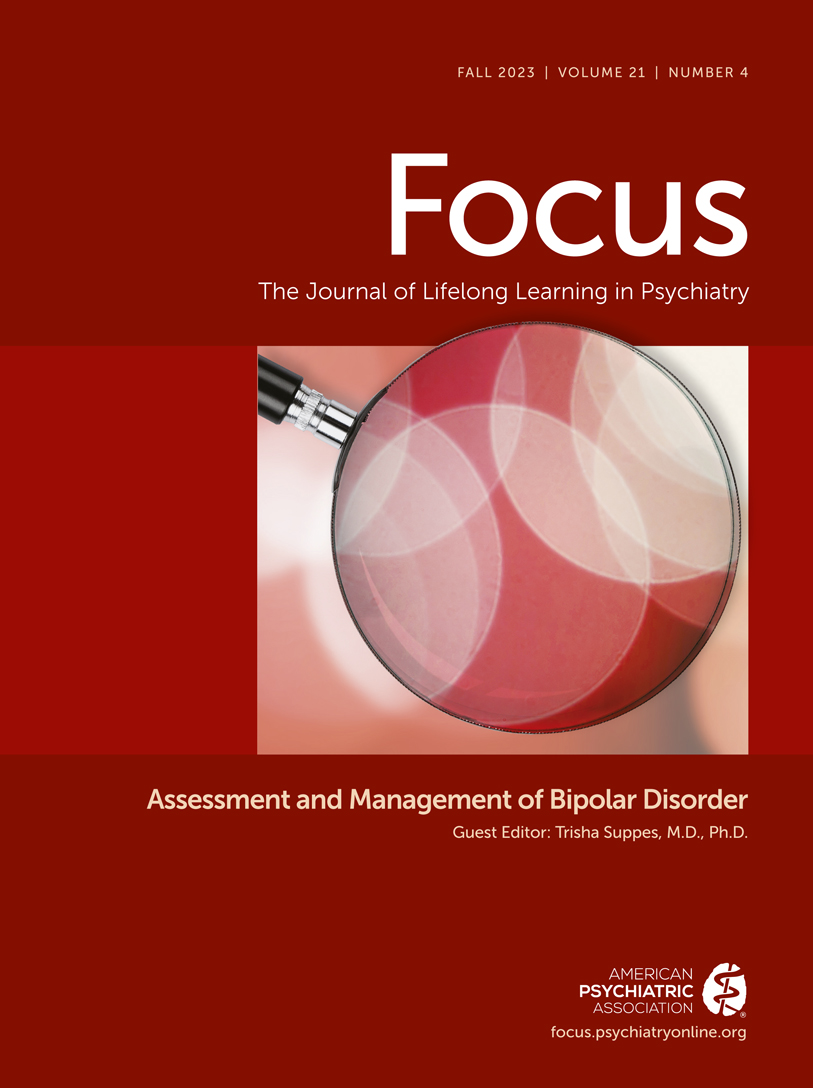Treatment of Bipolar Disorders in Older Adults: A Review
Abstract
Background:
Old age bipolar disorder has been an orphan of psychiatric research for a long time despite the fact that bipolar disorder (BD)-I and II together may affect 0.5–1.0% of the elderly. It is also unclear whether aetiology, course of illness and treatment should differ in patients with a first manifestation in older age and patients suffering from a recurrence of a BD known for decades. This narrative review will summarize the current state of knowledge about the epidemiology, clinical features, and treatment of BD in the elderly.
Methods:
We conducted a Medline literature search from 1970 to 2021 using MeSH terms “Bipolar Disorder” × “Aged” or “Geriatric” or “Elderly”. Search results were complemented by additional literature retrieved from examining cross references and by hand search in text books.
Summary of findings:
Varying cut-off ages have been applied to differentiate old age from adult age BD. Within old age BD, there is a reasonable agreement of distinct entities, early and late-onset BD. They differ to some extent in clinical symptoms, course of illness, and some co-morbidities. Point prevalence of BD in older adults appears slightly lower than in working-age adults, with polarity of episodes shifting towards depression. Psychopharmacological treatment needs to take into account the special aspects of somatic gerontology and the age-related change of pharmacokinetic and pharmacodynamic characteristics. The evidence for commonly used treatments such as lithium, moodstabilizing antiepileptics, antipsychotics, and antidepressants remains sparse. Preliminary results support a role of ECT as well as psychotherapy and psychosocial interventions in old age BD.
Conclusions:
There is an obvious need of further research for all treatment modalities of BD in old age. The focus should be pharmacological and psychosocial approaches, as well as their combination, and the role of physical treatment modalities such as ECT.
Appeared originally in Ann Gen Psychiatry 2021; 20:1
Access content
To read the fulltext, please use one of the options below to sign in or purchase access.- Personal login
- Institutional Login
- Sign in via OpenAthens
- Register for access
-
Please login/register if you wish to pair your device and check access availability.
Not a subscriber?
PsychiatryOnline subscription options offer access to the DSM-5 library, books, journals, CME, and patient resources. This all-in-one virtual library provides psychiatrists and mental health professionals with key resources for diagnosis, treatment, research, and professional development.
Need more help? PsychiatryOnline Customer Service may be reached by emailing [email protected] or by calling 800-368-5777 (in the U.S.) or 703-907-7322 (outside the U.S.).



